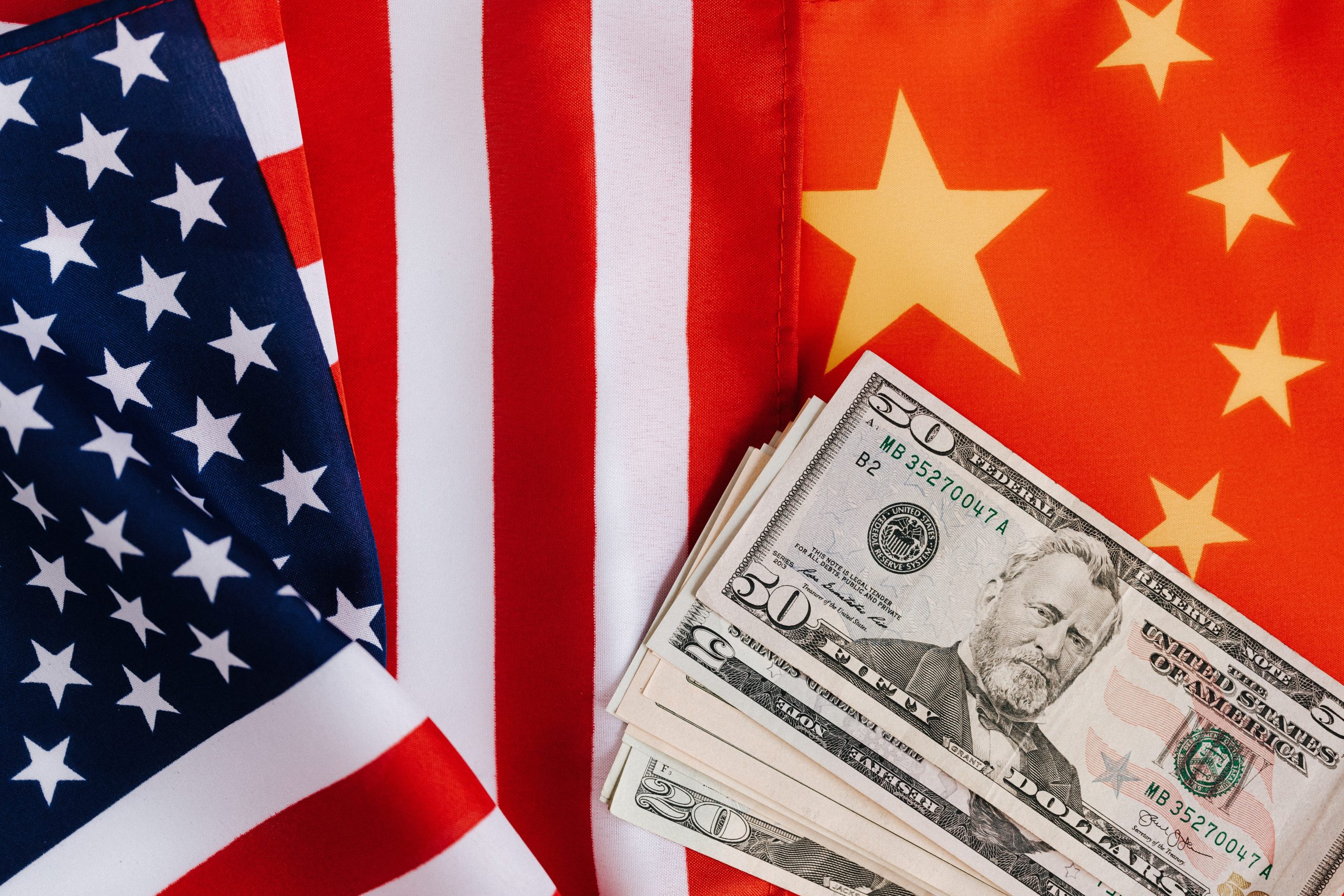Get ready for the biggest financial shakeup of our time! The trillion-dollar rebalancing is underway and it’s already causing ripples in global trade. As countries reevaluate their economic strategies, traditional trading relationships are being reshaped, new alliances are forming, and emerging markets are taking center stage. In this blog post, we’ll explore what the trillion-dollar rebalancing means for businesses and consumers alike and how it will impact the world economy in the years to come. Buckle up – this is going to be a wild ride!
The Trillion-Dollar Rebalancing
As the world economy slowly recovers from the pandemic-induced recession, there is a trillion-dollar rebalancing underway that is having profound effects on global trade. This rebalancing is being driven by a combination of factors, including record low interest rates, rising debt levels, and quantitative easing by central banks.
The most immediate effect of this rebalancing is an increase in the demand for safe haven assets such as gold and government bonds. This has caused the value of these assets to surge while the prices of riskier assets such as stocks and commodities have fallen. This shift is likely to continue in the short-term as investors seek to protect their portfolios from potential market volatility.
In the longer term, this rebalancing could have major implications for global trade. If interest rates stay low and central banks continue to print money, it is likely that there will be a further decline in the value of the US dollar. This would make American exports more competitive and could lead to a significant increase in US exports. At the same time, lower interest rates and quantitative easing are likely to lead to asset price bubbles around the world. These bubbles could eventually burst, leading to another economic downturn.
This trillion-dollar rebalancing is already having major effects on global trade and is likely to continue doing so in the months and years ahead.
The global economy and trade
The past decade has been characterized by two seemingly contradictory trends: the rise of protectionism and the continued growth of global trade. However, these trends are not necessarily contradictory. In fact, they may be indicative of a larger rebalancing taking place within the global economy.
This rebalancing is being driven by a number of factors, including the declining relative share of global trade in gross world product (GWP), the rise of China and other emerging economies, and changing patterns in global value chains (GVCs). Together, these factors are leading to a shift in the center of gravity of the global economy from developed to developing countries.
This shift has profound implications for global trade. First, it means thattrade will become increasingly concentrated among a smaller group of countries. This is already happening: according to WTO data, the top 10 trading partners now account for almost two-thirds of all global trade.
Second, it means thatthe composition of global trade will change as developing countries increasingly specialize in manufacturing and services while developed countries focus more on agriculture and resource extraction. This process is already well underway: China is now the world’s largest producer of manufactured goods while India is rapidly becoming a major player in global services Trade.
Third, this shift will leadto a more balanced pattern of trade between developed and developing countries. Currently, there is a large imbalance in favor of developed countries, which account for about three-quarters of all global trade. But
The effect of the rebalancing on different countries
The imbalances in the global economy are set to continue as the world slowly recovers from the pandemic. The United States is on track to spend trillions of dollars on stimulus measures and infrastructure projects, while other countries are still struggling to contain the virus. This has led to a shift in global trade, with the US importing more goods and services than it exports.
This rebalancing of trade will have different effects on different countries. Countries that rely heavily on exports to the US, such as China and Mexico, will see a decline in demand for their products. This could lead to a slowdown in their economies and an increase in unemployment. On the other hand, countries with a strong domestic market, such as India and Brazil, will benefit from the increased demand for their products.
The effect of the rebalancing on different countries will depend on how they respond to the changes in global trade. Some countries may choose to take measures to diversify their export markets, while others may focus on stimulating domestic demand. Regardless of how they respond, the rebalancing of global trade is likely to have a significant impact on all countries involved.
How the rebalancing will affect global trade
The Trillion-Dollar Rebalancing and Its Effects on Global Trade
The world is currently in the midst of a trillion-dollar rebalancing. This is largely due to the rise of China and other emerging economies, which are increasingly playing a role in the global economy. As these countries continue to grow, they are expected to account for an ever-larger share of global trade.
This rebalancing will have a number of implications for global trade. First, it is likely to lead to a shift in the pattern of global trade flows. China and other emerging economies are likely to become more important sources of demand for commodities, while advanced economies will become more important markets for manufactured goods. This could have a significant impact on commodity prices and the terms of trade between different regions.
Second, the rebalancing is likely to lead to a change in the composition of global trade. Emerging economies are likely to export more processed goods and services, while advanced economies will focus more on exporting raw materials and intermediate products. This could have major implications for employment and economic growth in different parts of the world.
Third, the rebalancing is likely to lead to a change in the structure of global value chains. As emerging economies become more important players in global trade, they are also likely to play a greater role in setting standards and shaping production processes. This could have far-reaching implications for firms operating in global value chains.
Finally, the reb
Conclusion
In conclusion, the trillion-dollar rebalancing is likely to have a significant impact on global trade. It has already led to shifts in consumer spending and investment decisions as countries strive to reduce their reliance on foreign products and services. The resulting changes will undoubtedly affect many sectors of the world economy, from supply chains to currency values. As these impacts become more visible, policymakers will need to work together across borders and develop strategies that promote fair competition while also supporting growth for all economies involved.










